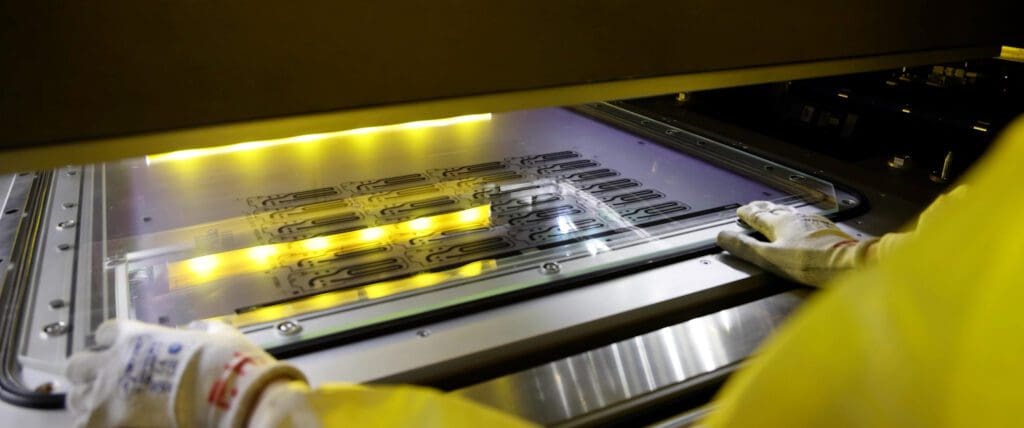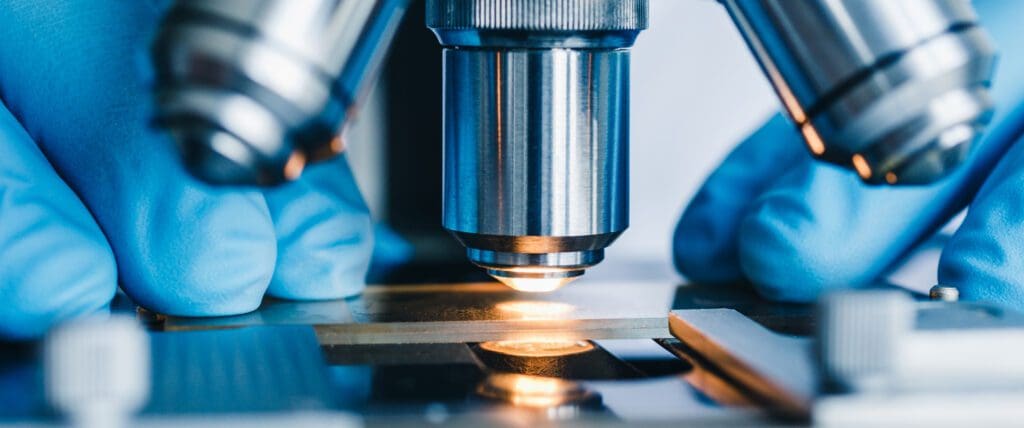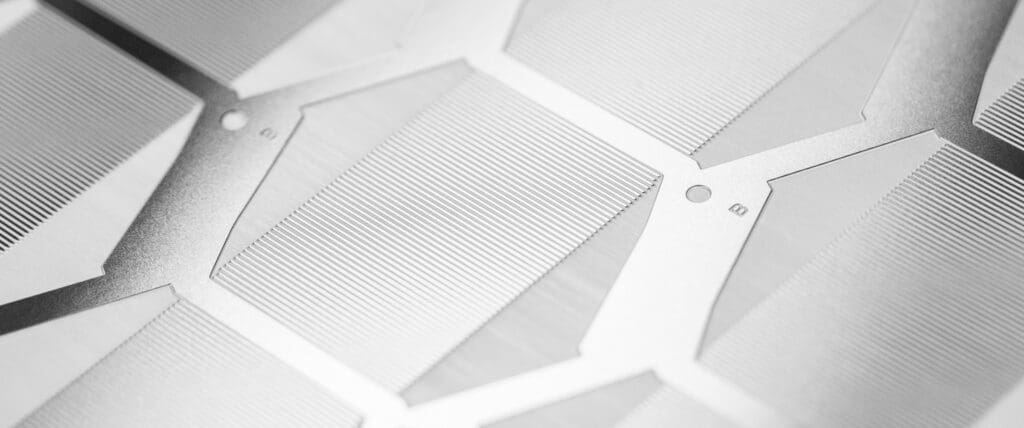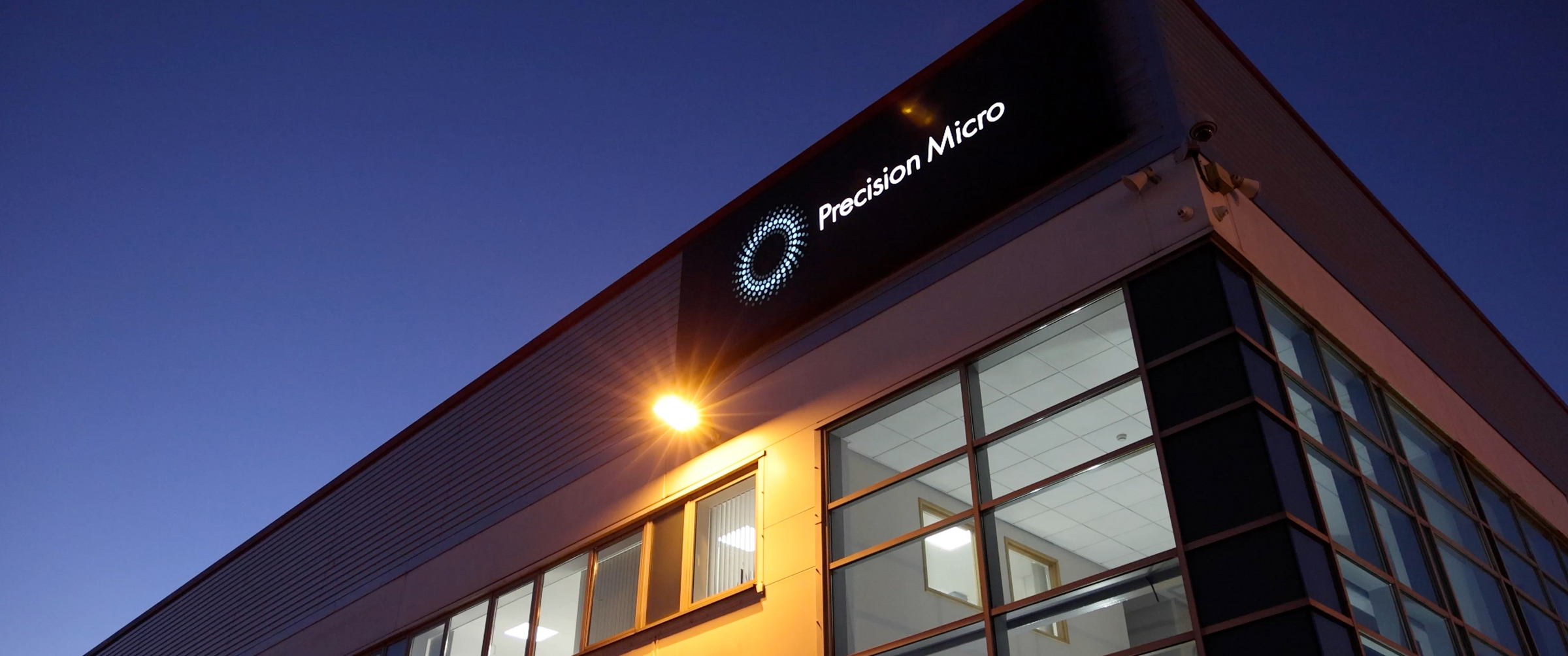Versatile technology opens up design avenues
Chemical etching technology stimulates new product development for mesh and filter applications.
Manufacturing intricate, feature dense and complex metal products have been a challenge for industry for decades. Most available metalworking technologies have drawbacks, be it in the area of material degradation under processing regimes, long and costly lead-times, high tooling costs, or indeed a mixture of all. The precision necessary when manufacturing customised intricate meshes and filters highlights these issues particularly well, and today an increasing number of manufacturers are turning towards one of industry’s best-kept secrets, chemical etching, as the manufacturing process of choice for such products.
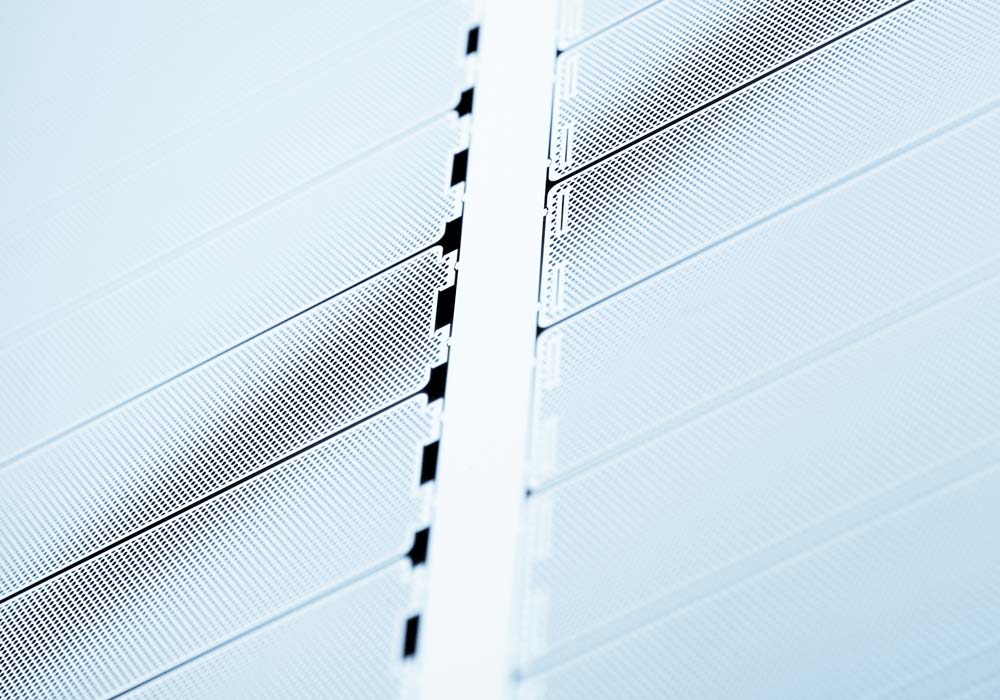
Best kept secret?
Well that may be overstating the situation somewhat, but it is fair to say that industry has failed to recognise the true potential of chemical etching, which is often categorised as a prototyping technology rather than recognising its usefulness and adaptability as a mass manufacturing process.
As is so often the case, real examples prove the point, and Precision Micro, Europe’s leading exponent of the chemical etching process, has an array of applications that illustrate its key attributes.
Chemical etching of meshes
When applied specifically to the manufacture of customised meshes and filters, chemical etching is characterised by a number of process advantages.
Lead times
Lead times are reduced dramatically, as are contingent costs as tooling set-up and iterations (which are often necessary) are quick and relatively simple. Being digital, the tooling for chemical etching can be manipulated on screen with ease and take a matter of hours rather than the days or weeks that would be expected with traditional processes.
Complexity
Special features and aperture shapes can be incorporated in a single mesh without cost penalty. Varying bar sizes and open area ratios can be incorporated to control flow rates across the mesh, and something that appeals to design engineers across industry is that the chemical etching process allows for far greater open areas than is possible using alternative processing technologies due to its ability to produce tiny and intricate wire sizes.
When compared with meshes that are woven, single-part etched meshes and grids are characterised by their consistent cross-sectional thickness and accuracy of aperture shapes and sizes. Also, as they are manufactured from a single piece of metal, they are slimmer, have greater integrity, are robust when being handled, and exhibit better electrical properties with no risk of poor contact at the weave intersect. Custom borders can also be added for additional strength.
Material integrity
Photo etching is a highly repeatable process that is suited to single or multiple piece parts. Meshes made using the process are characterised by little to no material degradation (as the process is stress-free), the absence of burrs, dimensional consistency and no optical distortion.
Special features
As photo etching uses fluid to remove metal, it does not produce straight or orthogonal walls and edge profiles. Instead, the chemical etching process produces a rounding effect which, coupled with the ability to tightly control the etched profiles, can allow for the creation of special features and functionality in meshes that alternative machining processes cannot achieve.
Real-time applications
Precision Micro has extensive experience in the manufacture of meshes and filters for a variety of OEMs.
One such was work undertaken on behalf of one of Europe’s pre-eminent shower manufacturers, where the edge profiles of the holes produced were critical to the functionality of the shower head.
The small spray plate was designed with 900 0.148 mm precision apertures etched to a tolerance of +/- 0.02mm. It was required that water passed through these apertures smoothly, and it was soon determined that the geometry and shape of each aperture were critical to the spray pattern achieved. Alternative technologies struggled to produce a high enough spray quality, so Precision Micro developed a process using one of the many inherent features offered by the chemical etching process
By varying the aperture size at the top and bottom of the tooling, Precision Micro created a unique tapered feature which generated incredibly fine even spray patterns with little to no directional bias — the result desired by the customers’ development engineers.
The showerhead is now being mass manufactured using the same chemical etching technology that was used during product development.
In another instance, a world leader in the manufacture of industrial fire detecting products required a mesh to be incorporated in a smoke detector that prevented insects from getting inside and triggering false alarms. Vital here was that any mesh used did not prohibit the free movement of air while at the same time keeping insects out. Initially, the manufacturer had used expanding meshes which – it was found – was too course to prevent insects entering the units, and there were also issues seating the component in the plastic moulding which had multiple locating pillars. Precision Micro developed a mesh made from 0.125 mm stainless steel with thousands of square holes separated by 0.125 mm wide bars that encouraged maximum airflow. The perimeter holes that fitted over the pillars were serrated to allow the filter to bite into the plastic and thus hold it in place securely.
Conclusion
Chemical etching not only provides a route to manufacture when other technologies struggle but also – due to its inherent characteristics and accuracy – stimulates new product designs.
With the ability to produce feature rich, complex designs, and with the added opportunities to vary edge profiles to cater for the demands of specific applications, design engineers have a freedom to design products previously impossible to manufacture reliably and cost-effectively, and this enhances product functionality across all key industry sectors.
Chemical Etching Whitepaper
Learn how chemical etching can overcome the limitations of traditional sheet metal machining technologies.
Download